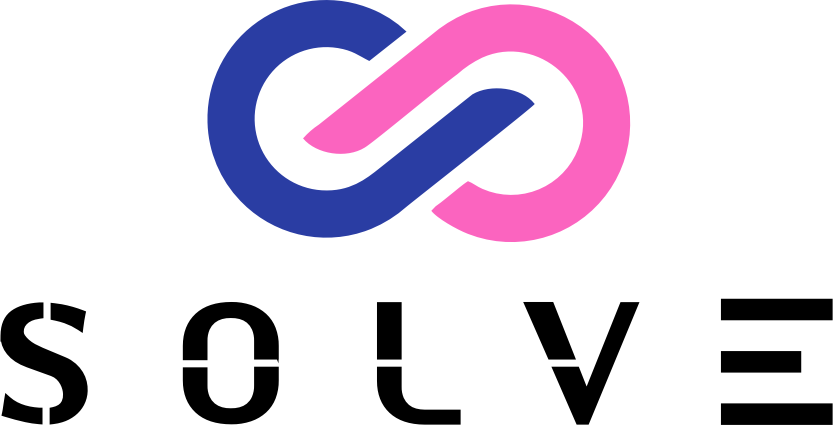- By Vanshika Choudhary
- March 10, 2025
Building a website is a very important milestone for a business or individual attempting to create an online presence. However, if you do not budget correctly, website creation can turn out to be very costly in a short time. This blog helps you understand what goes into a website development budget, what to expect during the development process, and how to plan your project in a manner where no financial surprises come up.
The Main Components of a Website Development Budget
It’s necessary to appreciate that there are different parts that make up the entire cost of a website and thereby arrive at an estimated budget. Here are the key decisions to consider:
Discovery Phase
The discovery phase is where the real action begins. This focuses on gathering every piece of information you need for envisioning your website, i.e., considering the foundation layout of your new house. Business goals need to be stated very clearly, identifying the audience of interest, and determining the functions expected of the website; this is a phase that any developer will require to avoid overspending on features not really desired or ignoring important functions.
During this, some market research will likely be done to see what competitors are doing and position the website. You’ll define the brand itself and how you’d like its website to embody it. The discovery phase intuitively involves multiple meetings and consultations with designers and developers on the same page.
Information Architecture
Information architecture is all about organizing and structuring your website in a way that makes sense to your users. This includes determining how many pages you will need, what content will go onto each page, and how the pages will interlink. A well-planned information architecture means that visitors to your site can find their way around easily and get what they want without being made uncomfortable.
Consider how users will interact with your site. Will they be searching for specific products, reading blog posts, or filling out contact forms? Organize your content to make these actions as intuitive as possible. A good information architecture ensures a good user experience, which translates to increased engagement and conversions.
Wireframing
Wireframing is the process of creating a simple, visually engaging guide for the design and layout of a website. Think of it like a blueprint for a construction project—a representation of where text, images, buttons, and navigation menus will sit on any given webpage. In most cases, wireframes are low-fidelity, introducing the general placement of elements without aesthetic details, such as colors or fonts.
Wireframing mainly considers functionality and user flow. Wireframes can give insight into the whole process of how users will engage with a site, pinpointing usability challenges at the earliest. This is key in enabling a design that is attractive as well as easy to use. Check out the latest blog post on The 5 trends and predictions of software development in 2025.
Design
The design encompasses the totality of making your website aesthetically pleasing and user-friendly. The choice of colors, fonts, pictures, and all other visual components must consistently reflect your brand and appeal to the minds of your targeted audiences. Good design makes a website look professional and adds value to the user experience.
Design should reflect your brand identity. Your website should express the character and values of your brand. Use colors and fonts that fit with the brand’s guidelines. The use of good-quality pictures and illustrations can aid in creating a visual treat of an engaging website.
Development
Development is the technical side of your website building. This involves writing code to implement the design and ensure everything works correctly. Basically, development comes with two aspects:
Frontend Development: Here, the focus is on the site elements that the users see and interact with. HTML, CSS, and JavaScript are the languages used by front-end developers to develop the user interface and visual elements. They ensure the website is responsive, i.e., it looks nice and works well on various devices at different screen sizes.
Backend Development: This refers to all server-side development processes that work to power the website. Backend developers use server-side programming languages such as Python, Java, or PHP to implement the logic, develop databases, and create APIs (application programming interfaces) that run the website. In doing this, they ensure that a website is secure, stable, and scalable.
Project Management
Project management refers to the process of planning, organizing, and overseeing the entire process with respect to website development. The project manager coordinates and ensures that things are running on track with deadlines, effectively managing resources, and facilitates smooth communication amongst team members.
A good project manager will develop a project plan with milestones and monitor progress. They shall also be responsible for managing the budget and addressing issues or impediments that arise during the project. This is crucial for project management to deliver a website successfully on time and within budget.
Testing and Quality Assurance (QA)
Here comes the stage of testing everything before launching the website to check whether all functionalities run properly and end-users have a good time while using it. Tracing the functionality meant to be checked includes all features and functionalities, such as forms, links, and payment gateways.
QA also means performing compatibility tests for several devices and browsers, ensuring full responsiveness. This not only helps report any issues or bugs before the site is delivered to the public but also saves users from unnecessary hassle on launch.
Launch Strategy
The launch strategy deals with the way you intend to introduce the new website to the world. The marketing plan for promoting your site, the measures to handle marketing traffic spikes, and the readiness of everything for the day visitors arrive on your site all form part of this.
A good launch strategy may have social media campaigns, email announcements, and search engine optimization (SEO) on the list of things to watch for. Post the launch, you should also keep a close watch over your website, working to identify and get rid of any issues that may pop up.
Staying Within Your Budget Tips
You’ve got your budget all set, and here comes the challenging part: staying within that budget. It can never be so easy; you need to plan and manage it smartly. Tips are as follows:
Expect realistically: Know what can realistically be done in the budget. Do not fit too many items into a tight budget.
Prioritize Features: Identify the necessary features required for making the website successful.
Review and Adjust Regularly: Regularly review the budget as well as expenditures and keep an eye to figure out if the budget is not on track. Be ready to make adjustments whenever necessary.
Communicate with Your Team: Inform your team about your constraints regarding the budget. The whole team can then explore creative solutions to save money without compromising quality.
These tips will help to ensure that you have the best available budget management for your website without emptying or breaking your bank account.
Conclusion
Budgeting and planning are two indispensable aspects that go hand in hand toward developing a successful online presence, and since a website depends on components for its development. Contact us for understanding those components and learning how to create a meaningful budget, as well as being prepared for the challenges that lie ahead, which ensures that your project will be managed and have clear, outcomes.
Most importantly, communication, realistic expectations, and a proactive attitude are necessary for the management of your budget in achieving your goals. You can create a fantastic website according to your needs without going over budget with perfect planning and execution!




